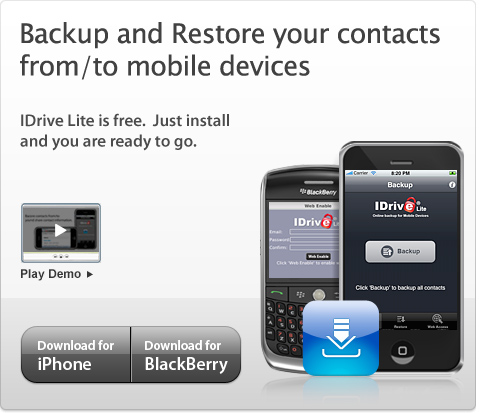

Here is a direct pick from the recent ComputerWorld article.
“After the Sidekick near-disaster, mobile phone users might be wondering if they should ever trust any cloud services to protect their vital data.
On the face of it, there are some obvious lessons to be learned from the Sidekick snafu, even as Microsoft Corp. reported today that most of the data that was missing will be recovered from servers at its Danger Inc. subsidiary.
The obvious lessons:
1. Back up your mobile phone’s critical data independently – on a laptop, a desktop or a thumb drive.
2. Raise questions about cloud computing and related services.
3. Find out how your mobile device stores data, and make sure you understand it.
4. When in doubt, refer to number 1.
Forrester Research analyst James Staten said the Sidekick incident should serve as a reminder to users to back up critical data. “You can’t rely on these [cloud] services to be 100% available all the time,” he said in an interview. “This is not the first time something like this has happened and it won’t be the last time.”
Not only is a backup of critical data imperative, users need to have a way to retrieve the backed-up data. “You need to think about the value of your data and what happens if the service is not available,” he said. There are many Internet-based services that can be a second backup version to the original backup, such as Plaxo, he said. Having the second one drastically reduces the odds of total loss.
At larger companies, data backups are commonplace and often include information contained on wireless phones as well as desktop computers, analysts said. The issue becomes more difficult when IT shops trust users who put critical company data on personally-owned wireless phones that aren’t backed up.”
For BlackBerries and iPhones at least, IDrive Lite offers a great option to backup your critical contacts information wirelessly independent of device maker/service provider options, the very first ‘lesson’ mentioned above.



